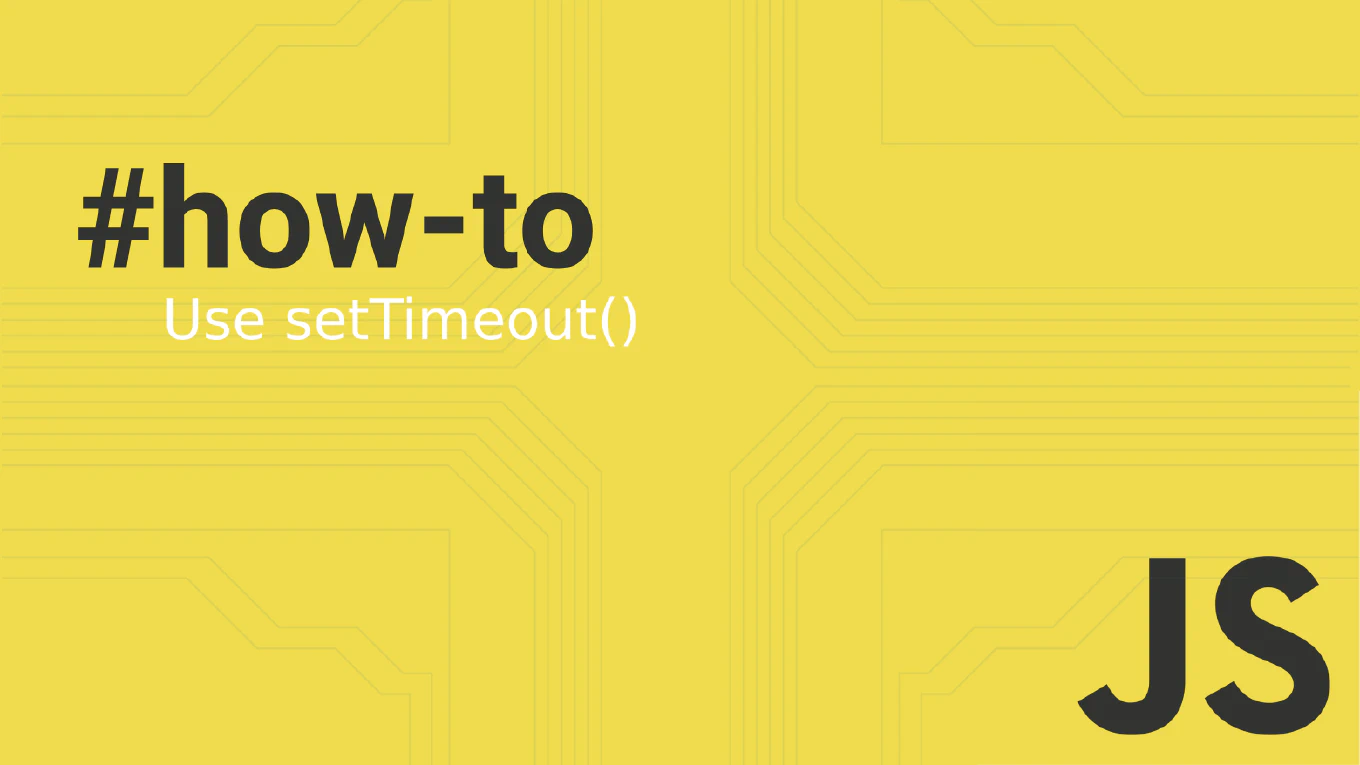How to use template-driven forms in Angular
Template-driven forms provide a declarative approach to form handling in Angular, where form structure and validation are defined directly in the template. As the creator of CoreUI, a widely used open-source UI library, and with over 25 years of experience in software development including Angular since 2014, I’ve found template-driven forms ideal for simple forms with straightforward validation requirements. The most effective approach is using ngModel with template reference variables to create forms with minimal component code. This method is perfect for rapid prototyping and simple form scenarios where reactive forms might be overkill.
How to use two-way data binding in Angular
Two-way data binding is fundamental for creating reactive forms and synchronized user interfaces in Angular applications where data flows both from component to template and back. As the creator of CoreUI, a widely used open-source UI library, I’ve implemented two-way data binding in countless Angular form components, input controls, and interactive elements for enterprise applications. From my expertise, the most powerful approach is to use ngModel directive with the banana-in-a-box syntax. This method provides automatic synchronization between component properties and form inputs, eliminating the need for manual event handling in most scenarios.



